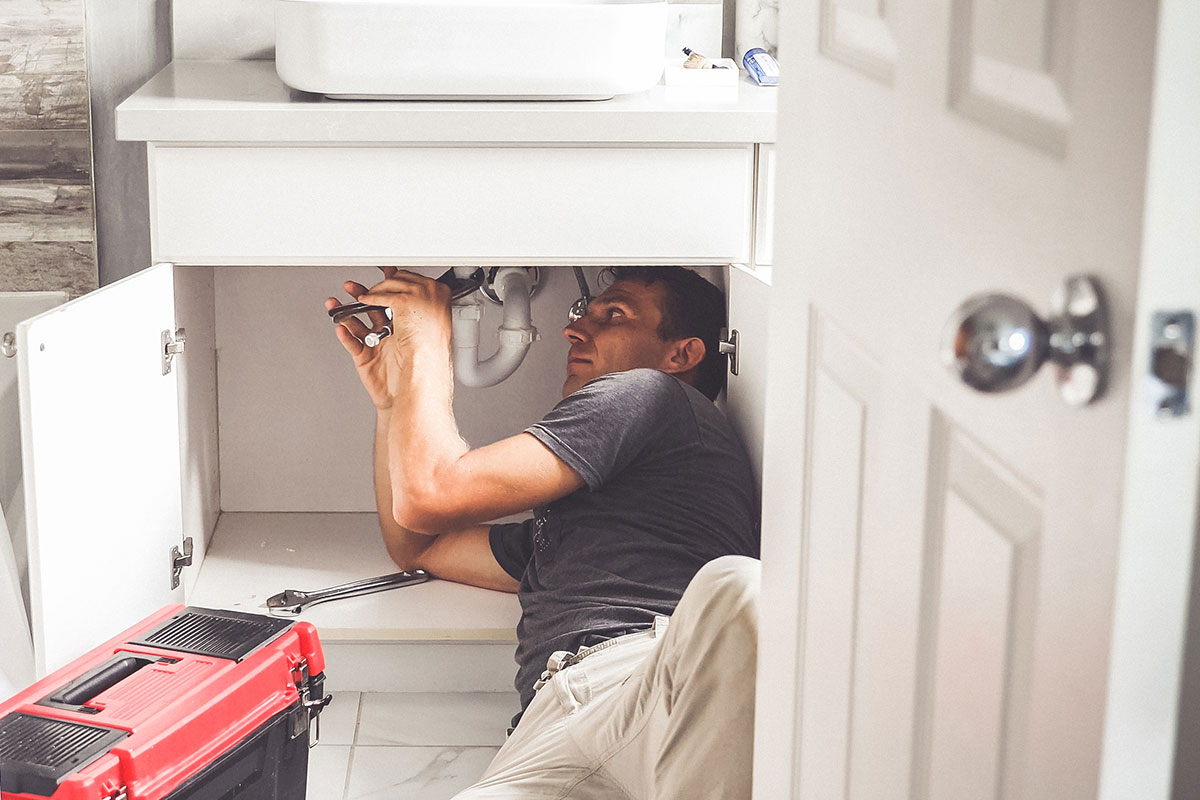
May 14, 2021 | Tyler Difley
Five DIY plumbing tips for homeowners
To the uninitiated, plumbing repairs and maintenance can be intimidating. Major repairs and plumbing emergencies are no doubt best left to the professionals, but with a few tools and a bit of knowhow, smaller fixes can be accomplished by any homeowner.With that in mind, here are five tips for the aspiring DIY plumber:
1) Minor toilet repairs
If your toilet is running constantly, don't despair – it's usually easy to fix. A running toilet is often caused by a worn out or misaligned flapper (or tank ball in older toilets), the mechanism that allows water to move from the toilet tank to the bowl when you flush. Thankfully, you can pick up a new flapper at your local hardware store (usually, for only $5-10) and it should come with step-by-step instructions to help you replace your defective one.
2) Clogged drains
A clogged drain can be a huge pain, but your first move should not be to reach for a chemical drain cleaner. These products, while safe if used exactly as specified on the label, are dangerous and can harm you or the plumbing if handled incorrectly. Instead, use a plunger first, which is often the quickest and safest way to remove a clog. If that doesn't work, a cheap drain snake or "Zip-It" (a drain cleaning tool designed for removing hair clogs) will often do the trick. You can even try using a wet/dry shop vacuum to suck out the clog. If you have tried using a chemical cleaner and the clog remains in place, do not try to use a plunger or drain snake afterwards – the standing water inside the pipe will be highly toxic and could cause serious injuries.
3) Leaks and drips
Minor leaks and drips are annoying, but they can also waste a lot of water very quickly. In these instances, thread seal tape, also known as plumber's tape, is your best friend. Plumber's tape can help prevent water from escaping around joints and fittings, where a poor seal is often the cause of leaks. Just wrap the tape counterclockwise around the pipe threads three times, then reconnect the fitting for a tighter seal.
4) Overtightening
Where pipe fittings and connections are concerned, you might be inclined to think the tighter the better. This tendency to err on the side of caution is actually a common DIY mistake. Plumbing fittings do not need to be extremely tight to work well and overtightening can lead to issues like stripped threads and restricted water flow. Hand tight is what you're aiming for – if you need to break out the wrench, you've gone too far.
5) Shut-off valves
It's important to know where water shut-off valves are located in and around your home. This includes shut-off valves for specific fixtures and appliances (e.g., washing machine, dishwasher, kitchen sink, etc.), as well as the main shut-off valve for the entire property. The latter is often outside along the perimeter of the home, but if you live in a condo building, your unit might not have its own dedicated shut-off valve. For shut-off valves within the home, make sure you don't cover them or restrict access in any way, as you might need to cut off the water supply quickly in an emergency to prevent flooding.
Tagged: advice | Calgary | Calgary Real Estate | Calgary Real Estate News | DIY | Feature | Fix | House & Home | How To | How To | Maintenance | Plumbing | Repair | Sink | tips | Toilet | Tools | water




